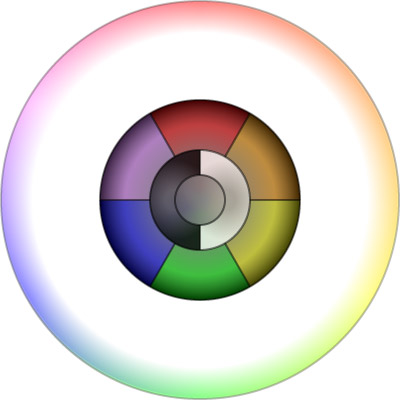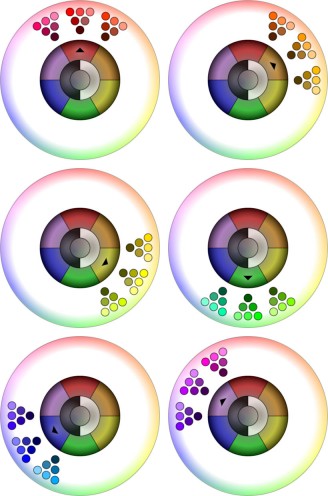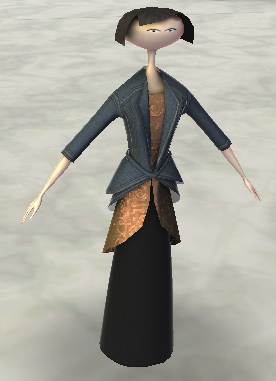I’ve started reading The Hitchhiker’s Guide to the Galaxy. For the first time. While on an elliptical, trying to get into something like shape and improve my reading skills at the same time.
Since I suspect the vast majority of people who stumble upon my journal have read said novel, I thought it might be interesting to share my thoughts as I go, as well as babble about reading. This will probably be the first of several posts on the subject.
I’m going to separate this out into about-the-book babbling and about-reading babbling.
(In case you haven’t read the book, there will be spoilers ahead.)
* * *
I got through the introduction and first chapter.
I love how breezy the introduction is, and while I don’t read much at all, I’m a big sucker for long-winded introductions printed in italicized text. Also, I love how it says, in a humorous, roundabout, natural sort of way, what kind of story you’re in for, i.e. not a big epic with big epic people.
On to chapter one… I like the setup for everything, though I don’t have a sense of where it’s going exactly (and that’s ok; I just want to be informed in advance of the tone). I really don’t know if this is going to be some sort of Red Dwarf-ish romp through a post-Earth universe, or if that’s an empty threat. But I like that it starts with the threat of the protagonist’s house getting demolished; that lets you look at the big implied threat in terms of something relatable and personal.
I find the three characters that have been introduced interesting and easy to understand, in this television pilot sort of way where everyone’s being drawn in broad, efficient strokes during what’s supposed to be a typical episode. Again, I don’t really know what to expect here; I’m sort of assuming we’re going to be following Arthur and Ford and leave the construction foreman guy behind later on, though I don’t know why I think that. Maybe just because his name, which I can’t remember, didn’t sound familiar.
So off to a good start here. My biggest worry was that I’d find everything annoyingly cheeky, but that certainly hasn’t happened yet.
* * *
As for the actual reading — I chuckled a few times during the introduction. This is a wonderful thing. It means I was relaxed enough with the reading of the book to enjoy it for what it is rather than struggling with the medium. Growing up, the idea that a book could be funny — or exciting, or emotional, or anything but homework — was a bit foreign to me.
Usually, my biggest problem with reading is context. I’ll forget what’s happening or who’s talking or where we are; you might as well feed me sentences in a random order. I told Marie once that all books to me were about people in plain clothes babbling at each other in plain white rooms with plain white furniture.
So I made a point of trying to hold my context here. During staff meetings at work, I’ll frequently try to hold specific words in my head so I don’t lose track of what’s going on. Like a mantra. Admin design admin design admindesign admindesignadmdesad…
…like any mantra, it kind of loses its meaning upon repetition. This approach does not work well.
So I tried imagining what a Hitchhiker’s Guide to the Galaxy movie might look like. And that didn’t work either. Imagine trying to read a book while watching a movie version of it… they’ll undoubtedly get out of sync. I’ll have this movie in my head of Arthur going through this morning routine, and the movie skips ahead to an expected part of someone’s morning routine that hasn’t happened in the book, and it doesn’t happen at all, and it’s jarring.
Finally, I tried thinking of static images, and just added details as I read.
Arthur. Arthur in a bathroom. Arthur in a bathroom with a bulldozer outside.
Clear image. Skip to:
Big yellow bulldozer. Arthur lying in front of big yellow bulldozer. Arthur lying in front of big yellow bulldozer with construction guy standing over him.
This worked well. Each time a new element was added to an image, the image didn’t move; it just became more complex. And I was able to keep those images in my head, and it wasn’t distracting, because it was static and completely nonverbal. Like… a watermark on a web page or nice stationery, just sitting there behind the text, coloring your perception of the text without being at all intrusive.
I have high hopes for this approach, though I don’t know what’s going to happen when the plot kicks in… I’m terrible with those.



